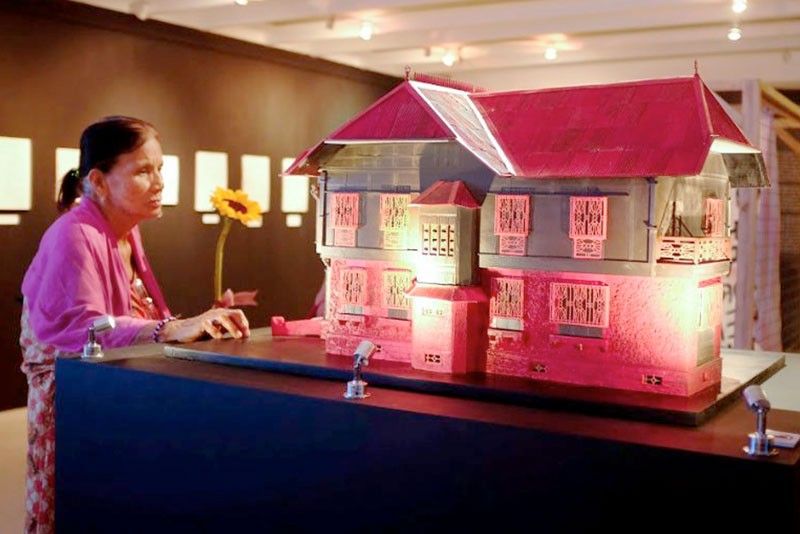Comfort women’s fight lives on in student exhibit

MANILA, Philippines — Yesterday marks a year since the bronze statue of a comfort woman was removed along Roxas Boulevard in Manila.
The refusal of the government to allow a comfort woman statue in a public place prompted an arts student to set up an exhibit honoring the ordeal of elderly Filipino women who were used as sex slaves by Japanese soldiers during World War II.
Celline Mercado, who is taking up Art Management and Information Design at the Ateneo De Manila University, remembered reading the news that the bronze statue of a Filipiniana-clad blindfolded woman by sculptor Jonas Roces was removed from its site along Baywalk in Manila on April 27 last year.
The Manila city government claimed a floodway project was underway there, but it never materialized. Critics said the statue was removed due to pressure from Japan ahead of the 51st Annual Meeting of the Asian Development Bank Board of Governors in Manila that was held in May 2018.
Mercado said she chose the plight of the Filipino comfort women as her thesis, because an exhibit would offer a “creative” avenue to remember the comfort women.
“I’ve always been interested in the comfort women, and the removal of the statue was a starting point for me. No one was noticing their plight before the statue, and that was very telling of our attitude towards comfort women,” Mercado told The STAR yesterday.
‘Bahay na Pula’
Lila Pilipina coordinator Sharon Cabusao-Silva said what was even more unfortunate was that while comfort women statues are a sensitive topic for the government, it has no problem with the shrine in Mabalacat, Pampanga for Japanese kamikaze, or soldiers who commited suicide attacks during the war.
The Ateneo exhibit, titled “In the Spaces We Mend,” showcased photos of the surviving lolas by Summer Dagal and Richard Jacob Dy, and the drawings of the late comfort women Remedios Felias and Maria Rosa Henson, who wrote an autobiography of her life as a sex slave.
One of the highlights of Mercado’s exhibit is the “Bahay na Pula,” a scale model by Kloii Ronquillo of the famous red house in San Ildefonso, Bulacan where Japanese soldiers imprisoned their sex slaves.
The Malaya Lolas, a group of comfort women in Pampanga who were raped in the house, visited the opening of the exhibit last month.
They each had fond memories of the house, because even as it reminded them of the horrors of being raped there, it also became a symbol of their solidarity.
The group used to have meetings there before the owner dismantled the house, leaving only the foundation intact.
With the statue and the Red House gone, the Malaya lolas can only have each other in their fight for justice. They now number at 28 living lolas, from 90 when the group started.
“Someone asked me if I am still hoping for justice. While we are still living, we are not running out of hope,” said Lita Vinuya, who was raped at the Red House when she was seven.
“Why did they have to remove the statue? We deserve that so that people visiting the country would know our hardships,” Vinuya, 82, told The STAR.
- Latest
- Trending




























